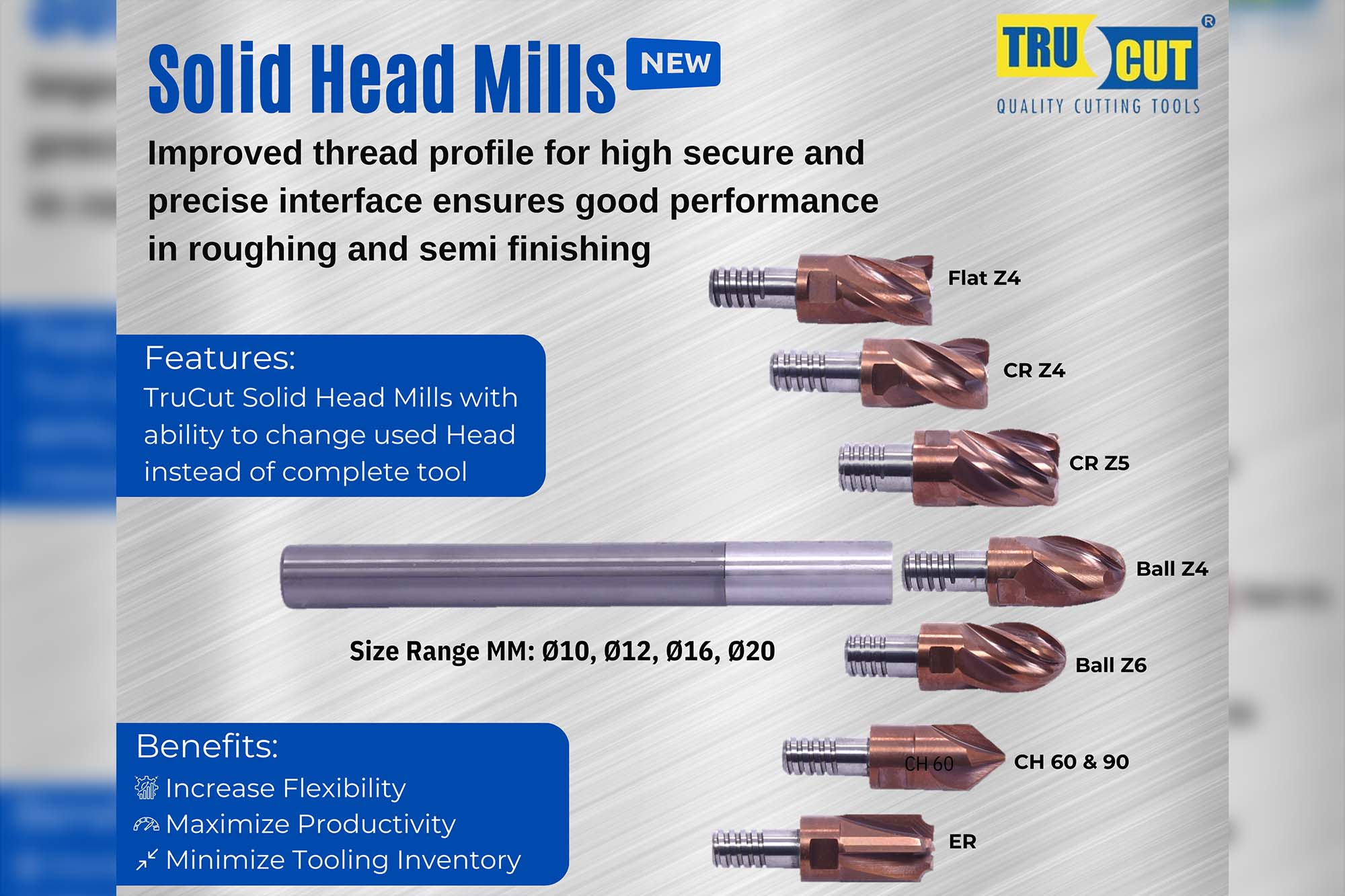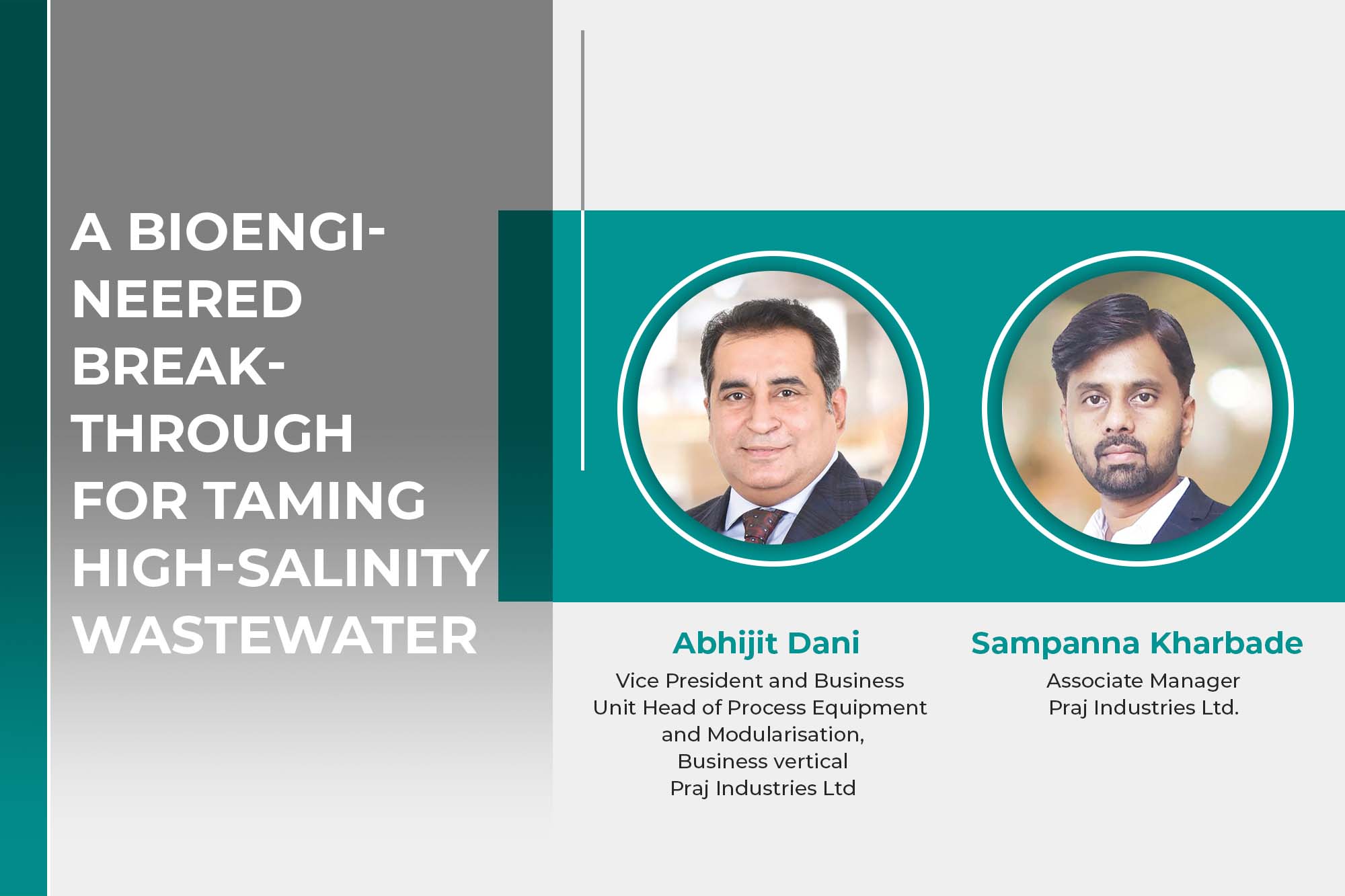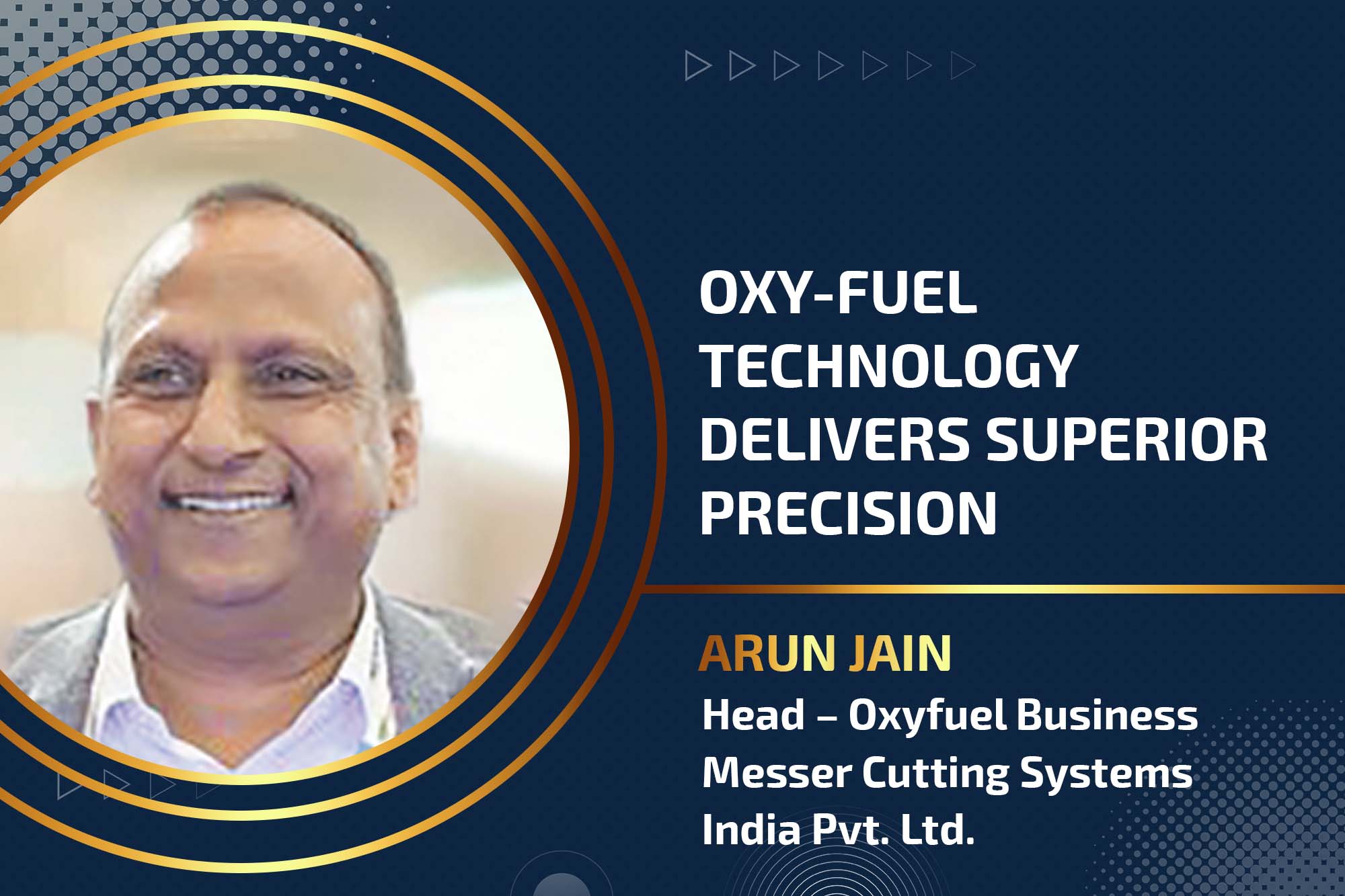Tips to improve life of hose
By admin June 13, 2015 12:33 pm
U. K. Prasad, GM-Technical, Gates India Pvt. Ltd. explains the ways to improve usage life of your hose
Often you purchase a hose assembly for your hydraulic equipment or system just to experience a premature failure. In this article we will discuss some very important points to follow which will help you select the optimum hose assembly for your application, thus obtaining the maximum life for your application.
Optimum life of a hose in a particular application is achieved by:Safe hose selectionSafe coupling selectionSafe hose assemblySafe installation of that assembly.
All of the abovementioned points are critical for getting maximum hose life. We will discuss these points here in detail.
Safe hose selection Proper hose selection is critical to a safe hydraulic system. A simple rule of thumb for proper hose selection is the word “STAMPED” where:S = SizeT = TemperatureA = ApplicationM = MaterialP = PressureE = EndsD = Delivery.
The first step in achieving a safe hydraulic system is selecting correct components that meet your needs. Compromises in components selection, either hose or couplings, may put you in danger, as well as affect the performance and life of your system.
S (Size): The inside diameter of the hose must be adequate to keep pressure loss to minimum and avoid damage to the hose due to heat generation created by excessive turbulence.
T (Temperature): The hose selected must be capable of withstanding the minimum and maximum temperature of the system. Do not expose hose to internal or external temperatures exceeding the recommended limits. An increase of 10°C above the maximum recommended temperature may reduce the hose life by half. Also, hose will crack if flexed at temperatures below the minimum recommended.
A (Application): Select the proper hose for the application. Determine where, or how, the assembly is to be used.
M (Material): Hose selection must assure compatibility of the hose tube, cover, reinforcement, couplings, o-rings, etc., with the fluid used. Many hoses are compatible with one type of fluid or another, but often times not all fluids.
P (Pressure): It is essential in the hose selection process to know the system pressure, including pressure spikes. Published working pressure must be equal to or, greater than the system pressure. Pressure spikes greater than the published working pressure will shorten hose life or lead to hose ruptures
E (Ends): Connecting ends of coupling must be correctly identified.
Cookie Consent
We use cookies to personalize your experience. By continuing to visit this website you agree to our Terms & Conditions, Privacy Policy and Cookie Policy.














